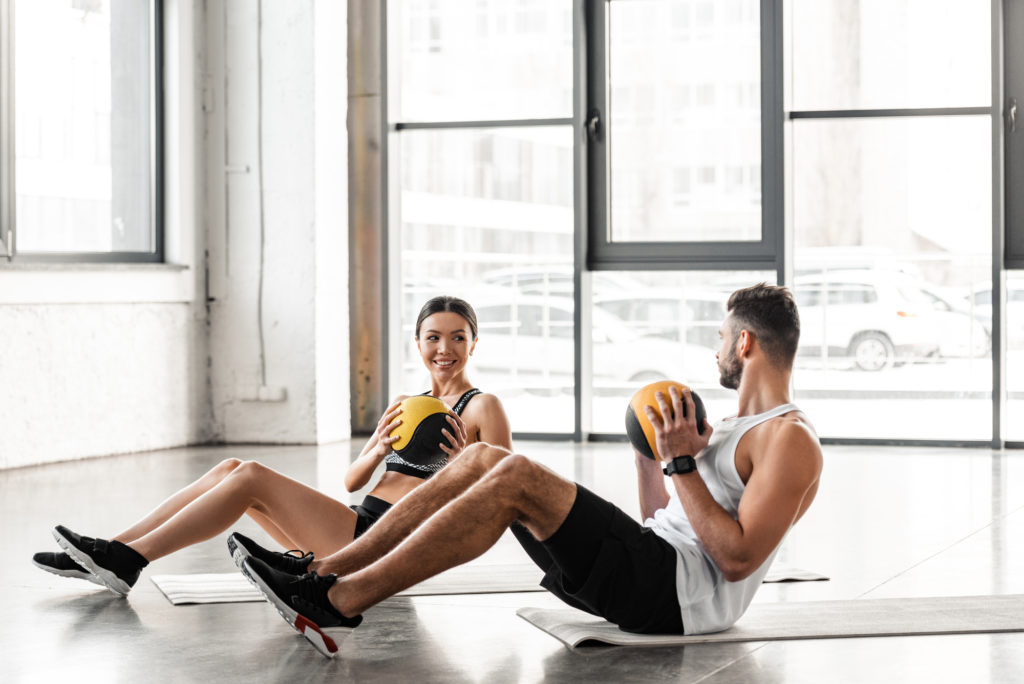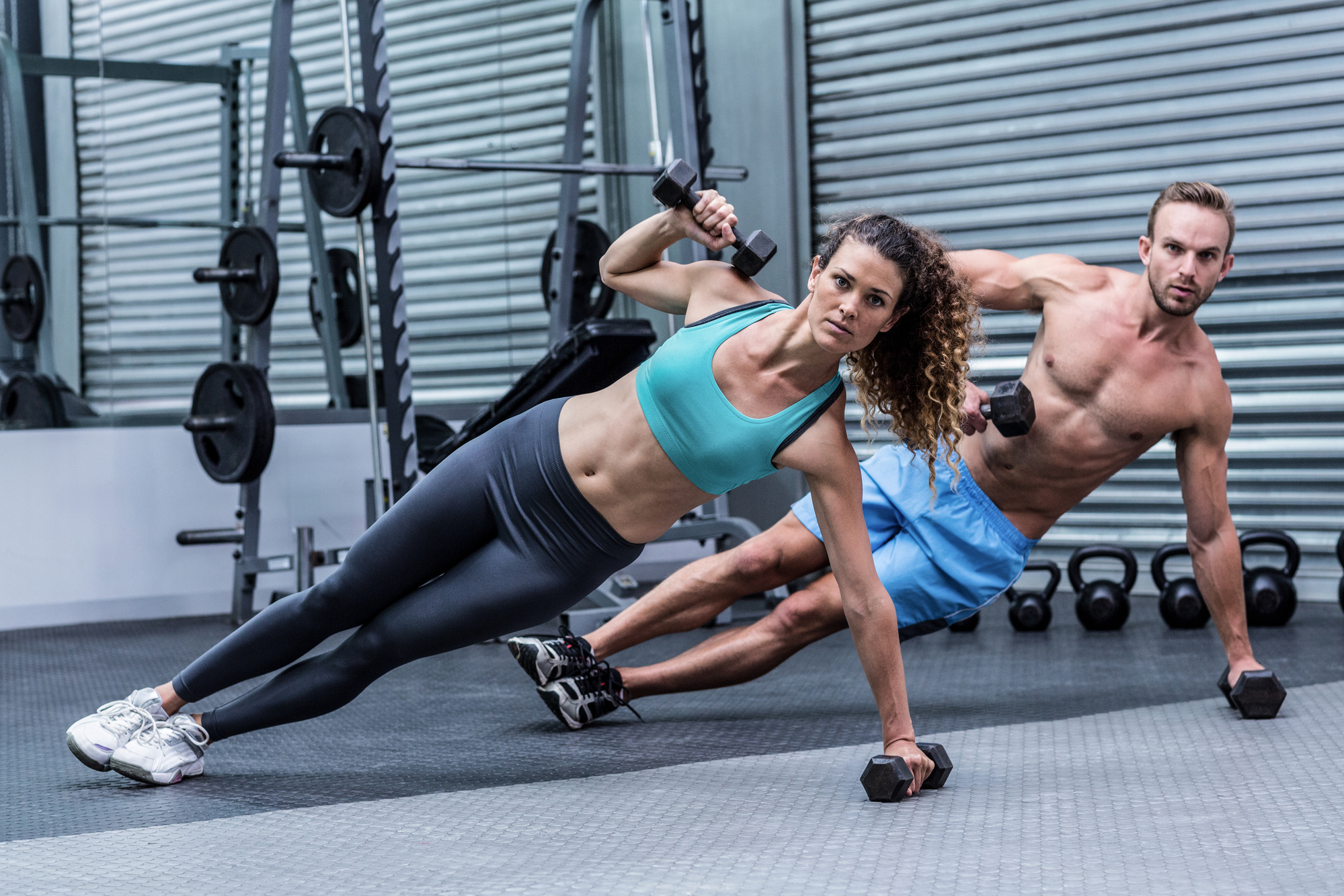Georgia Personal Training
“We measure our success purely based on the results our clients attain”
Georgia Personal Fitness has a mission to make a significant difference in the lives of others by helping them get healthy, get in shape, and get better from any injuries they might have experienced in the past. And, for those who play sports, our goal was to make a positive difference in how they performed on the field or the court.
For us, we are proud to say that we are making a difference in the lives of many of our clients. Many have shared their stories with us through testimonials you can find on our website. As you can see from their stories, they come from all walks of life, including backgrounds, age, strengths, and health and fitness goals.
To make sure we do make a difference in the lives of those who invest in our personal training programs, we take a lot of time upfront and through each personal training session to get to know our clients. That’s because each training program is customized around them, their goals, and their abilities. Doing so makes them feel good but it also improves how we can help them get the results they want.
To make that difference, we also realized that we had to find ways to make personal training accessible to as many as possible. That’s why we continually offer promotional pricing for new members and create package deals for our clients. By providing the best value in combination with programs that are designed to yield results, our clients will feel and look better.
We realize it’s tough to get started on this fitness and health journey, but we are here to help. Find out more about how to get started by scheduling an appointment to tour our gym and take part in a one-hour free personal training consultation.
At Georgia Personal Training, Core Strength and Rotational Power is a main focus!

Results of Core Strength and Rotational Power Training
Core Strength and Rotational Power
These days pretty much every person that has set foot in a gym or read any material about health and fitness has heard of the importance of core strength. The core muscles are the most important muscles to human function and performance, mainly because all movement stems from the core. The core is made up of the major muscles that move, support, and stabilize the spine. These include the abs, internal and external obliques, spinal erectors, transverse abdominis, and the multifidus. Having a stable spine is essential for both injury prevention and athletic performance. When you’re core muscles are strong, and properly bracing your spine, your limbs will move more rapidly and forcefully. Therefore any athlete that values speed or strength must develop a strong core and stable spine.
“You can’t fire a cannon out of a canoe.” Why? Because it will tip over. The human body is the same way. Without a strong support structure to stabilize the spine, an athlete can never generate maximum force and power. Strong core muscles improve an athlete’s ability to perform all physical movements both on the field and in the gym. A weak core leaves an athlete susceptible to lower back pain, sciatic nerve pain, poor posture, and a wide array of muscle injuries. A strong core is the foundation on which explosive power is built, while a weak core limits the amount of power an athlete can generate not only from their torso but from their entire body.
So what is the best way for an athlete to approach building a strong core?
Some coaches say you don’t need to do specific core training because the core gets plenty of work during full body compound movements like squats and dead-lifts. This is an incorrect approach. Studies have shown that squats and dead lifts are great for strengthening the posterior core muscles (lower back) but do very little to strengthen the rectus abdominus, transverse abdominus, and obliques. (Front and sides of your core)
Some coaches will have an athlete do 20 different variations of planks and crunches with body weight and consider that a proper core training session. Totally neglecting both rotational strength (which is an essential part of pretty much every single sport there is) and the foundational principle of muscle growth known as “progressive overload”. Just like all other muscles in the body, the core will adapt to whatever training you do. In order to keep making strength gains in the core you must continuously increase the stress you put on these muscles. Bodyweight crunches and planks are not enough. To build real core strength you must use weight, and when that weight gets easy, add more.
At GPT we approach core strengthening in 4 ways.
1. Direct stabilization training
2. Indirect stabilization training
3. Rotational strength and power
4. Isolated core power movements
Direct stabilization training is basically your concentrated core stabilization movements. All variations of planks, walking push ups, single arm push ups, landmine press, Swiss ball planks, ab roll outs, suitcase carry, etc. Any movements where the primary objective is to engage all areas of the core in its primary function of stabilizing the spine.
Indirect stabilization training refers to the core work we’re getting during the dynamic compound movements that make up the bulk of a strength training session. An example would be doing bent over barbell rows or standing cable rows versus doing them on a machine or with your chest braced against a bench. Or doing dumbbell press laying on a balance ball instead of a stable flat bench. There’s all sorts of little tweaks we can make to traditional compound lifts to increase core activation and improve spinal stability.
As we mentioned earlier, rotational strength and power is an essential part of almost every sport. Swinging a bat, tennis racquet, golf club, punching, kicking, throwing, etc. Despite the obvious importance to sports performance, rotational strength is often neglected by most trainers. At GPT, we invest a huge amount of time and effort into specifically developing rotational strength and power. To do this we utilize explosive rotational movements like Russian twists, rotational med-ball throws, rotational med-ball slams, rotational Ground Based Jammer press, and diagonal sledge hammer swings. Emphasizing these types of movements during training will lead to a drastic increase in force production that directly translates into on field performance.
The last method we use to build core strength is what we refer to as “isolated core power movements”. Simply put, we attack the core muscles the same way we do other major muscle groups when our primary focus is increasing strength and mass. We use progressive overload principles and any other modalities we can to create optimal mechanical trauma to the core muscles, and in doing so, stimulate maximum adaptation, strength, and growth. These movements are often simple in nature, but extremely challenging to perform. Examples would be eccentric weighted sit ups, weighted ab crunch drop sets, weighted planks to failure, partial Turkish get ups, ankle weight leg throw downs, etc.

Medicine Ball Core Training
On behalf of the GPT team we thank you for reading our blog. We hope to see you soon and help you start your journey to better health!


